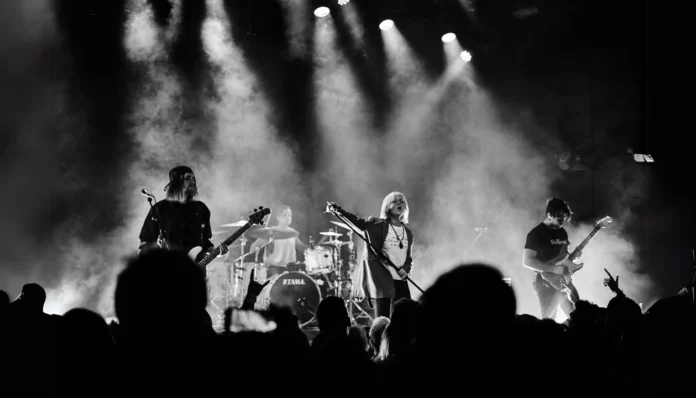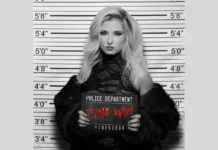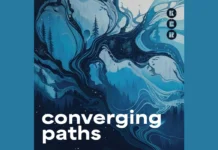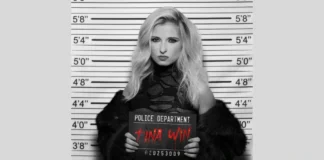Planning the perfect concert setlist is an art. It’s what can make your live performance unforgettable or leave your audience disengaged. Whether you’re an established musician or a new band looking to make your mark, getting the setlist right is critical. Let’s break down how you can create the ultimate concert setlist that will keep your audience on their toes, and why using tools like Concert Setlist is the best way to streamline the process.
What Is a Concert Setlist?
A concert setlist is much more than just a list of songs; it’s the backbone of your entire performance. It’s a carefully thought-out arrangement of tracks designed to keep the audience hooked from start to finish. A well-crafted setlist ensures the show flows naturally, balancing highs and lows in energy, and offering a story-like progression that keeps people coming back for more.
From intimate venues to massive festivals, your concert setlist defines the overall mood and impact of your performance. It’s what sets the tone and builds the connection between you and your audience. So, whether you’re planning a set for a small club or a large stage, getting it right is crucial.
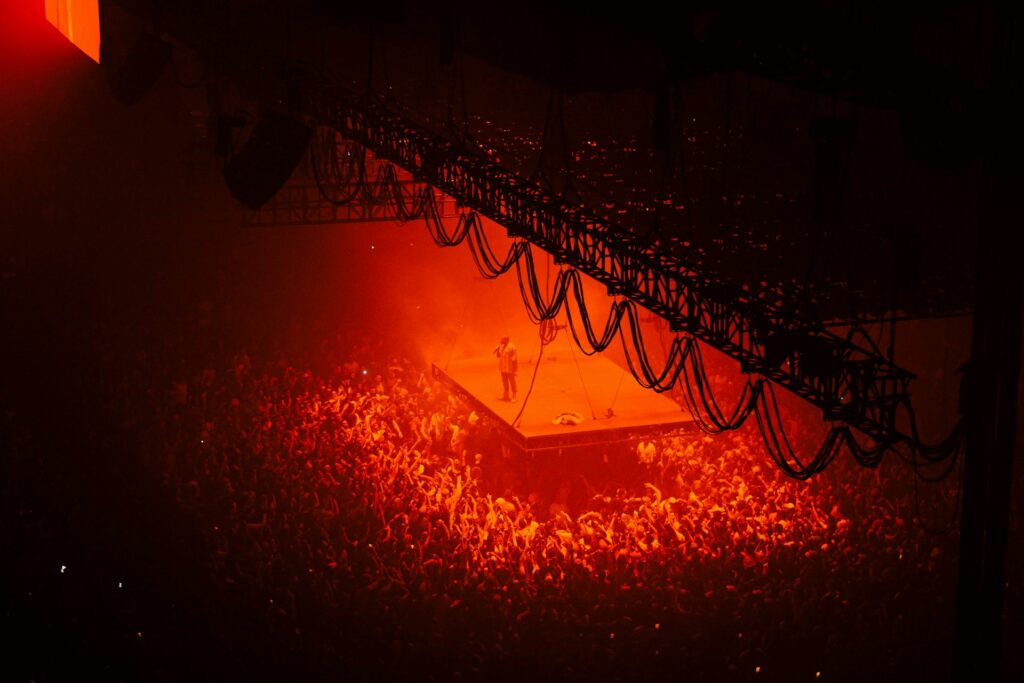
Steps to Create a Concert Setlist
1. Know Your Audience
Before you start picking out songs, consider who you’re playing for. Are you performing for die-hard fans who know every track, or are you facing a crowd of more casual listeners who are waiting for your hits? Knowing your audience will help you decide what kind of concert setlist will keep them engaged.
For example, a crowd of loyal followers might appreciate deeper cuts or fan favorites. On the other hand, a general audience might be more interested in your biggest hits, mixed with a few surprises. The key here is to tailor your setlist to match your listeners’ expectations.
2. Open with Impact
Your opening song is everything. It’s your first impression, and you want to grab the audience’s attention right away. Choose a high-energy or iconic track to kick things off. Think of it like the opening scene of a movie – it has to hook the viewer. A strong opener gets the crowd pumped and sets the stage for the rest of the performance.
3. Balance the Energy
A great concert setlist is all about managing energy. You don’t want to keep the audience at a high intensity for too long, or they’ll burn out. On the flip side, if you drag the energy down too early, the crowd may lose interest.
To avoid this, mix up the tempo and mood. Alternate between upbeat songs and slower, emotional ones. This keeps the flow dynamic, allowing for both high points and moments of reflection. The key is balancing the highs and lows to keep the audience engaged throughout the show.
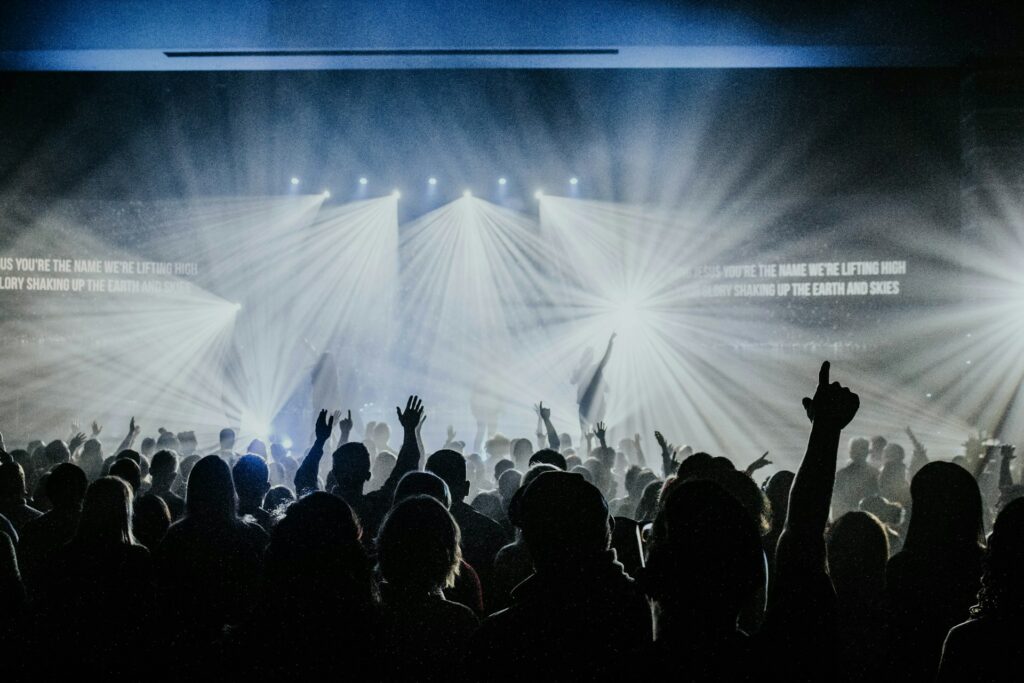
4. Feature Your Hits Strategically
Your most popular songs are essential to your setlist. However, it’s important to place them strategically. If you blow all your big hits at once, the rest of the show might feel anticlimactic. Consider saving a couple of your biggest tracks for the encore to leave the audience with a lasting impression.
You can also sprinkle your hits throughout the set to maintain engagement, but don’t overdo it. You want to keep the crowd excited, but you also want to maintain a sense of anticipation.
5. Include New Material or Covers
If you’re promoting a new album, include a few fresh tracks in your setlist. It gives fans something new to enjoy and shows that you’re evolving as an artist. Also, don’t be afraid to throw in a cover or two. Covers can surprise the audience and offer a fun, fresh twist to your set.
New material and covers not only mix things up but also help to showcase your versatility as an artist. They can make the show feel more dynamic and exciting for both the audience and the performers.
6. Plan Transitions
Transitions matter more than you might think. How you move from one song to the next can affect the flow of the concert. Whether it’s a smooth segue or a brief pause for the crowd to cheer, planning your transitions ensures a seamless performance.
A smooth transition can help keep the audience engaged and maintain the show’s energy. If there’s a sudden change in mood or tempo, you might lose the crowd’s attention. Using a Concert Setlist tool can help you organize these transitions and ensure a professional flow.
7. Use a Setlist Tool
Organizing a concert setlist manually can be overwhelming, especially when you have to keep track of multiple songs, transitions, and special effects. This is where a tool like Concert Setlist can really shine. The platform offers easy-to-use templates that help you organize, rearrange, and adapt your setlist as needed.
With Concert Setlist, you can:
- Rearrange songs easily
- Add notes for transitions or effects
- Share the setlist with your bandmates
- Adjust in real-time for last-minute changes
Using a concert setlist tool ensures that everything is ready to go on the day of the performance, giving you more time to focus on your actual performance.
Benefits of Using a Concert Setlist Template
A concert setlist template is a game-changer when it comes to preparing for your show. Here are some of the major benefits of using one:
- Organization: It helps you keep everything in order, so you don’t miss a beat during the show.
- Flexibility: You can quickly adjust the setlist if something unexpected happens, like a change in crowd reaction.
- Professionalism: Having a clear, structured setlist adds to your overall stage presence and professionalism.
- Easy Sharing: Share your setlist with your band members or crew to ensure everyone is on the same page.
Pro Tips for a Great Band Setlist
- Rehearse the Setlist: Practice with the band to make sure the flow of songs feels natural and dynamic.
- Test Audience Reactions: Pay attention to how smaller audiences react to different parts of your setlist to see what works best.
- Have Backup Plans: Be prepared for changes based on the audience’s energy. Sometimes, they may not react to a particular song as expected, so have a backup plan to pivot.
Conclusion
Creating the perfect concert setlist is more than just picking your favorite songs. It’s about understanding your audience, managing the energy, and ensuring that each moment of the show is impactful. By following the steps outlined in this guide and using a Concert Setlist tool, you can craft a performance that your audience will remember.
Remember, your setlist is the roadmap to your show. It needs to flow smoothly, engage your audience, and showcase your artistry. So take the time to plan it out, experiment, and get feedback, and you’ll be on your way to delivering an unforgettable concert.

